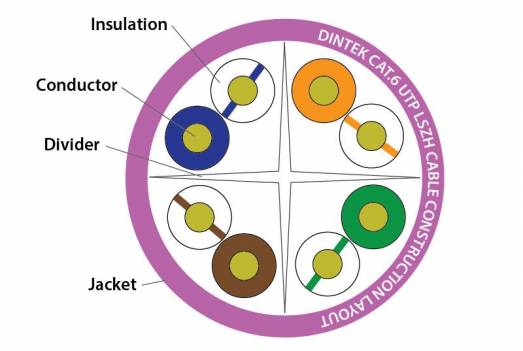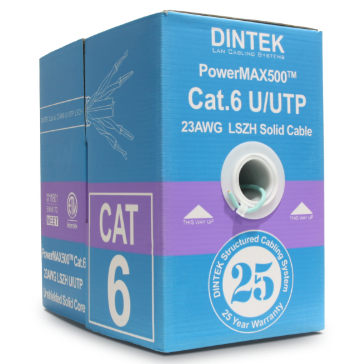LSZH Low Smoke Zero Halogen
LSZH stands for Low Smoke Zero Halogen and is a cable jacket material that is non-halogenated and flame retardant. In contrast, PVC cables and cables made of other compositions often produce large amounts of dense black smoke, toxic fumes and acid gas when exposed to fire. LSZH cables, on the other hand, produce very little smoke and toxic fumes and no acid gases.
Non-halogenated means it is free of materials such as Fluorine (F), Chlorine (Cl), Bromine (Br), Iodine (I) or Astatine (At) all of which can be converted into toxic and corrosive substances during combustion.

Applications of LSZH cables
Because LSZH cables produce very little smoke when in contact with a flame, they are often used for indoor applications. Especially in public areas such as train stations, hospitals, schools, high-rise buildings and commercial centers where protecting people and equipment from toxic substances and corrosive gases is critical.
They are also used in poorly ventilated areas and hazardous environments. Data centers contain large amounts of cables and are usually enclosed spaces with cooling systems that could potentially disperse combustion byproducts over a large area. Burning other materials may also release larger amounts of hazardous gases that negate the effect of the cables. There have been fires where burning cables contribute to corrosion, which in some cases could have been prevented with better fire-response techniques.
DINTEK LSZH cables exceed Class E channel specifications as defined by international standards and meet all fire classification standards, including European Deca standards.
DINTEK provides standards compliance, certifications and complete technical specifications for all products, including LSZH cable, as listed below.


Standards conformance
- ISO/IEC11801 2nd edition Class E
- ANSI/TIA-568-2.D standard
- CENELEC EN 50173-1, CENELEC
- PoE++ & 4PPoE - IEEE 802.3bt level 3 & 4
- EN 50575:2014 incl. Amendment A1: 2016
- EN 60332-1-2:2004 incl. Amendment A1: 2015
- EN60332-3 | EN61034-2 | EN60754-1 & 2 | EN 13501-6: 2014
Independent verified certifications
- ETL & DELTA certified according to ANSI / TIA-568.2-D Cat.6
- Delta cables for use in construction site work
- Reaction to fire Classification - Dca
Performance and cost
Previously, electrical and mechanical performance of LSZH cables was inferior to that of their traditional counterparts, but this difference is much less today. Cable manufacturers have continuously improved LSZH products that offer the flame retardant properties of PVC and FEP materials without reducing flexibility, bend radius, cold-temperature capability and performance. LSZH cables tend to be more expensive because their production requires additional steps and production time. However, costs will continue to decline as the market for LSZH cables grows.
Choose the right LSZH cable
The proliferation of rules, codes, varying regulations and standards makes it difficult for cable manufacturers to adequately determine whether or not they are truly LSZH classified. Some data sheets that appear to meet these requirements often do not mention this, but instead provide only cable construction (mainly sheathing) often omitting the dielectric material. If a cable seems desirable but does not clearly indicate the fire-related characteristics, it is best to contact the manufacturer to clarify.
Extensive range of LSZH cables
With 30 years of experience, we understand the requirements customers have and can advise on selecting an LSZH cable. For more information on our extensive range of LSZH cables for Cat.6, Cat.6A and fiber optics, contact sales@dintek.nl.
